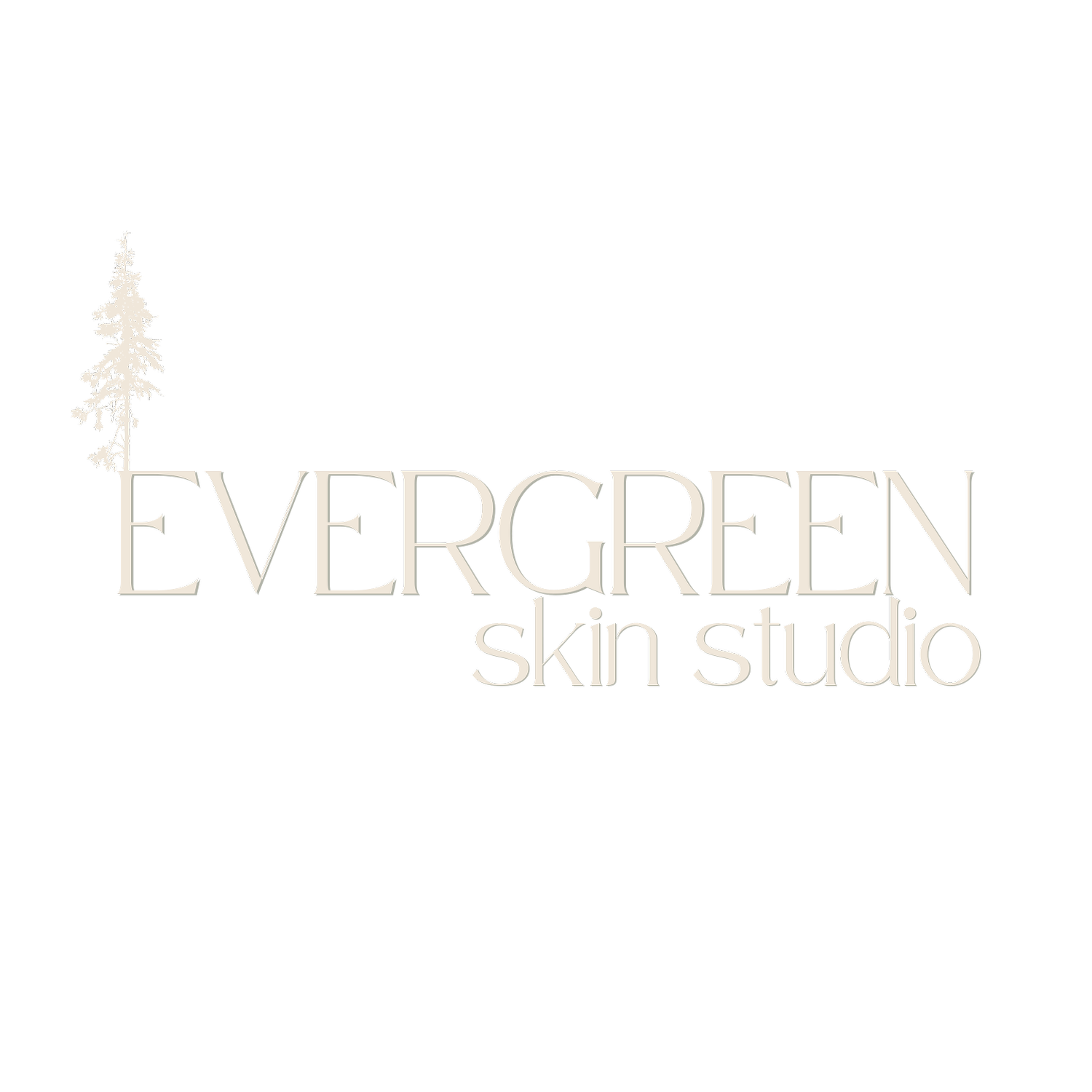K-Beauty Explained: The History, the Hype, and What Your Skin Actually Needs
If you’ve been online at all in the last few years, you’ve probably seen Korean beauty, also known as “K-beauty,” promising flawless glass skin, bouncy cheeks, and a youthful glow that never fades.
It’s often paired with a long list of steps, sometimes ten or more, adorable packaging, and ingredients that sound almost magical.
Before we decide whether this is a skincare breakthrough or just brilliant marketing, it’s worth understanding where these beauty standards came from and why they’re so influential today.
A Look at Korean Beauty Standards
Korean beauty culture has deep historical roots. It did not appear overnight.
Historical ideals: During the Joseon Dynasty (1392–1897), pale, clear, unblemished skin symbolized purity, refinement, and social status. Skin was viewed as a reflection of inner virtue.
Confucian influence: Modesty, self-discipline, and attention to personal presentation were seen as a form of respect for oneself and others.
Modern amplification: In the late 20th and early 21st centuries, the rise of Korean pop culture, often called “Hallyu” or the Korean Wave, spread these ideals around the world. K-pop idols and K-drama stars became the face of “perfect” skin, shaping beauty standards far beyond Korea.
Combine this cultural background with a highly innovative, competitive skincare industry, and you get the modern K-beauty boom.
What K-Beauty Gets Right
There are definitely some positive elements that K-beauty has contributed to the global skincare conversation:
Hydration layering: Using light, water-based products to deeply hydrate the skin helps maintain a healthy barrier.
Sun protection culture: Daily SPF use is considered essential in Korea, and that’s a habit worth adopting everywhere.
Gentle, barrier-friendly actives: Many K-beauty products include calming and protective ingredients such as centella asiatica, green tea, and fermented extracts.
If K-beauty stopped there, I would fully support it.
Where It Loses Me
Here’s where professional experience raises red flags.
The “more is better” mindset: A ten-step routine isn’t automatically harmful, but it can easily overwhelm the skin, especially if someone combines multiple exfoliants, vitamin C serums, and retinoids without proper guidance.
Marketing over function: Beautiful packaging and trendy ingredients don’t always translate to results.
Confusion as a product: The complexity often keeps consumers buying more because they think they are missing something essential.
The Truth About Your Skin
Healthy, glowing skin doesn’t come from owning dozens of products. It comes from using the right ones consistently.
You only need:
A few well-formulated products chosen for your unique skin type and goals.
Consistency, which matters far more than the number of steps.
Professional guidance so you can avoid wasting money and protect your barrier.
My Professional Take
K-beauty is not a scam, but the way it is marketed can make it feel that way.
Beauty ideals in Korea evolved through centuries of culture, media influence, and a perfection-driven beauty industry. They were never meant for everyone’s skin type or lifestyle. They were designed for a market.
If you’re feeling overwhelmed by the idea that you should be doing ten steps morning and night, take a breath. Great skin does not have to be complicated.
Want a skincare routine made for your skin, not for trends?
Let’s simplify. I can help you cut through the noise, choose what really works, and get results you can see and feel. Book your skin consultation here.

